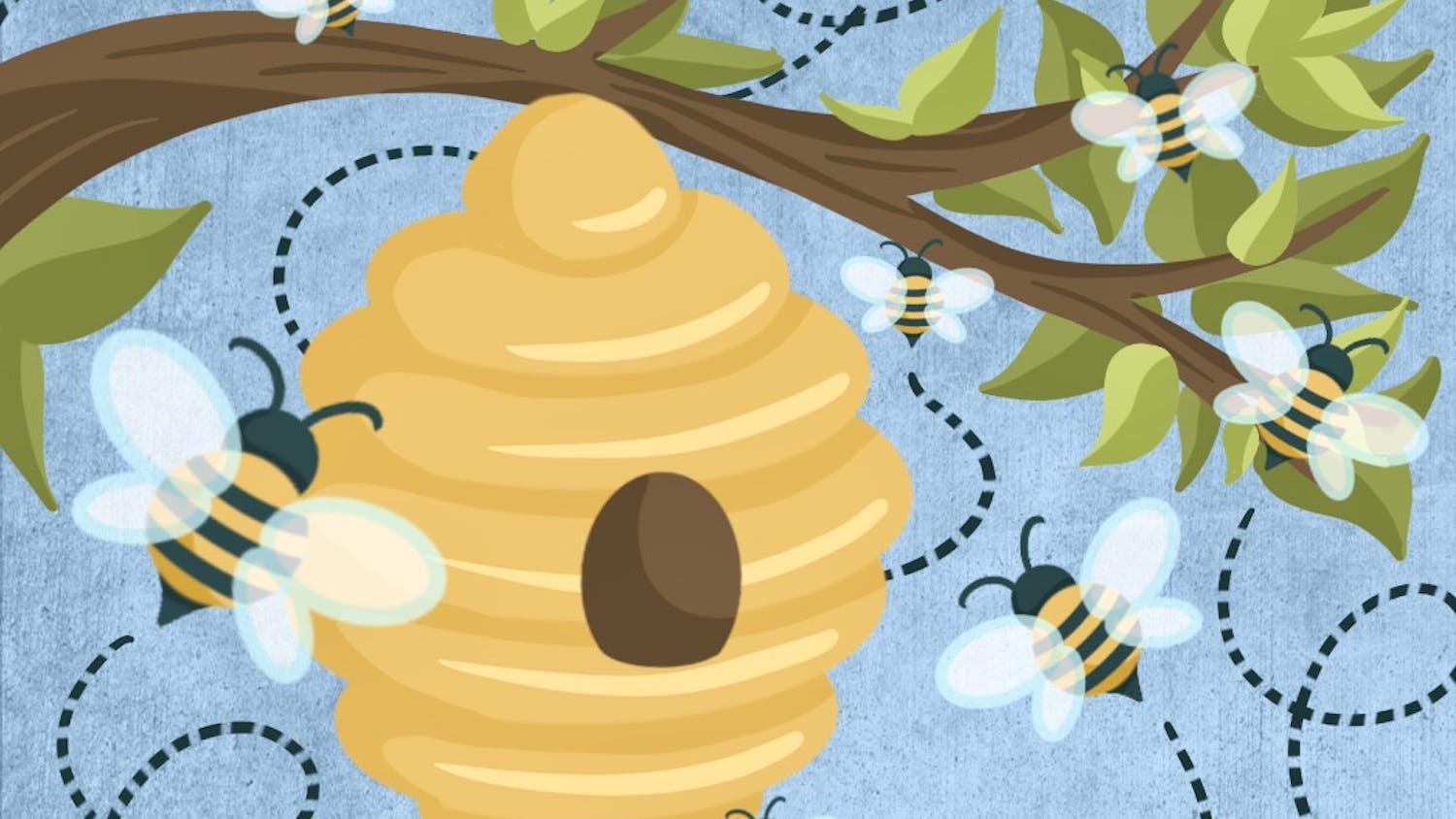After nearly a decade of research, UF and Chinese botanists revealed the regions where China should focus plant conservation efforts.
In order to understand how Chinese plants were related to each other, UF researchers and Chinese scientists analyzed plant DNA to map family trees. UF researchers Pam Soltis, her husband, Doug Soltis and Miao Sun identified areas in East China with high level of plant diversity, but existing nature preserves to protect plants are primarily in the West.
Their findings were published Jan. 31. in an academic journal called Nature.
Doug Soltis said the implications of their findings are enormous.
“We can look at these areas with large amounts of plant diversity, and we can ask ourselves ‘Is that area protected?’” he said.
Sun said DNA extracted from the plants was sent to a software program, which identified related plants. Then, researchers divided a map of China into a small grid. This helped them find out what kinds of plants live in each area, Doug Soltis said.
The team analyzed 2,592 unique Chinese plants for the study, according to the published paper. Doug Soltis said he hopes the paper will make people ask why a similar study has not been done for the United States or North America yet.
The National Science Foundation gave researchers a $1,199,043 grant to fund their Chinese plant study, Doug Soltis said.
Pam Soltis said the difference between the East and West was caused by dramatic geological activity, like the Himalayan Mountains formation. Plants in Eastern China settled down while the Western Chinese plants had to adapt to shifting landscape, she said.
“It was exciting to realize that there are signatures of millions of years of evolution that can be captured,” she said.
An international team of scientists has mapped the evolutionary relationships between China’s 30,000 flowering plant species, uncovering a distinct regional pattern in biodiversity.






